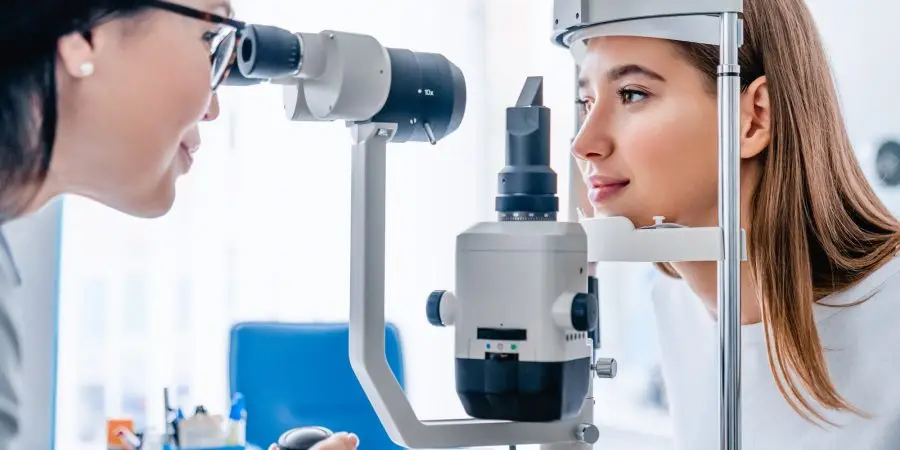Ophthalmology ST1 Interview Format 2026: What You Need to Know
The Ophthalmology ST1 interview process has undergone significant changes in recent years. If you are preparing for the upcoming recruitment round, it’s crucial to understand the updated format, scoring system, and expectations. This article provides a clear overview of what to expect, alongside official links to NHS England Specialty Recruitment and the Severn Deanery Ophthalmology ST1 recruitment guidance for reference.
Overview of the New ST1 Interview Format
- The interview is conducted virtually via secure online platforms (e.g. Qpercom or Teams).
- The process is streamlined into two stations, rather than multiple short stations used in earlier years.
- Each station lasts about 10 minutes, with the total interview time (including ID checks and briefing) being around 45 minutes.
- Candidates interact directly with a simulated patient or carer; assessors observe but do not participate during the interaction.
Interview Structure
Station 1: Clinical Knowledge & Consultation
- Tests your ability to take a structured history, explain conditions, and outline management plans.
- Scenarios are drawn from common ophthalmic conditions such as:
- Cataract
- Glaucoma
- Retinal detachment
- Diabetic retinopathy
- Acute red eye / corneal ulcer
- You must explain diagnoses in clear, patient-friendly language, discuss risks and benefits of treatment, and demonstrate safe decision-making.
Station 2: Difficult Communication & Ethical Scenario
- Focuses on handling complex interactions: breaking bad news, addressing conflict, managing patient expectations, or discussing ethical dilemmas.
- Assesses empathy, professionalism, clarity, and ability to balance patient autonomy and clinical safety.
- Again, you will speak directly to an actor, while assessors evaluate your communication and reasoning.
Scoring & Evidence Portfolio
- The interview score makes up 50% of your overall application score.
- The other 50% comes from your evidence folder, which is assessed separately.
- To be shortlisted for interview, you must:
- Score within the top ~300 on the MSRA (Multi-Specialty Recruitment Assessment).
- Achieve at least 40% in the evidence portfolio assessment.
For detailed marking criteria, visit the Severn Deanery Ophthalmology ST1 recruitment specifications.
Practical Logistics
- Identity checks are performed at the start of the interview.
- You must show your interview room to confirm you are alone.
- Only pen and paper notes are allowed – no electronic devices or textbooks.
- Stable internet, good lighting, and a quiet environment are essential.
- If technical issues occur, NHS England recruitment teams will attempt to reschedule or repeat affected parts of the interview. (NHS England interview process guidance)
How to Prepare Effectively
- Revise common ophthalmic emergencies and chronic conditions.
- Practice patient-friendly explanations for complex conditions.
- Rehearse difficult communication scenarios with peers or mentors.
- Time yourself to ensure clear, structured answers within 10 minutes.
- Familiarise yourself with the NHS Values and GMC’s Good Medical Practice – these underpin scoring in both stations.
Key Takeaways
- The Ophthalmology ST1 interview now focuses on two core stations: clinical consultation and difficult communication.
- Your interview (50%) and evidence folder (50%) are equally weighted.
- Thorough preparation in clinical knowledge, communication skills, and professional values is essential.
